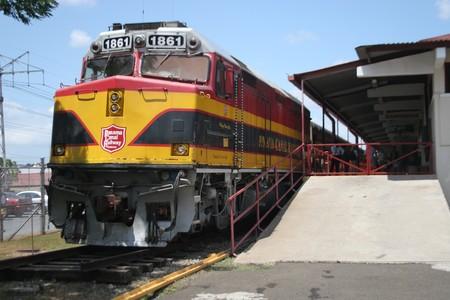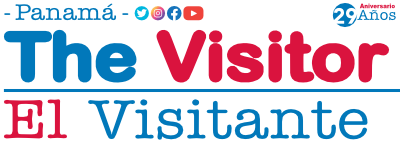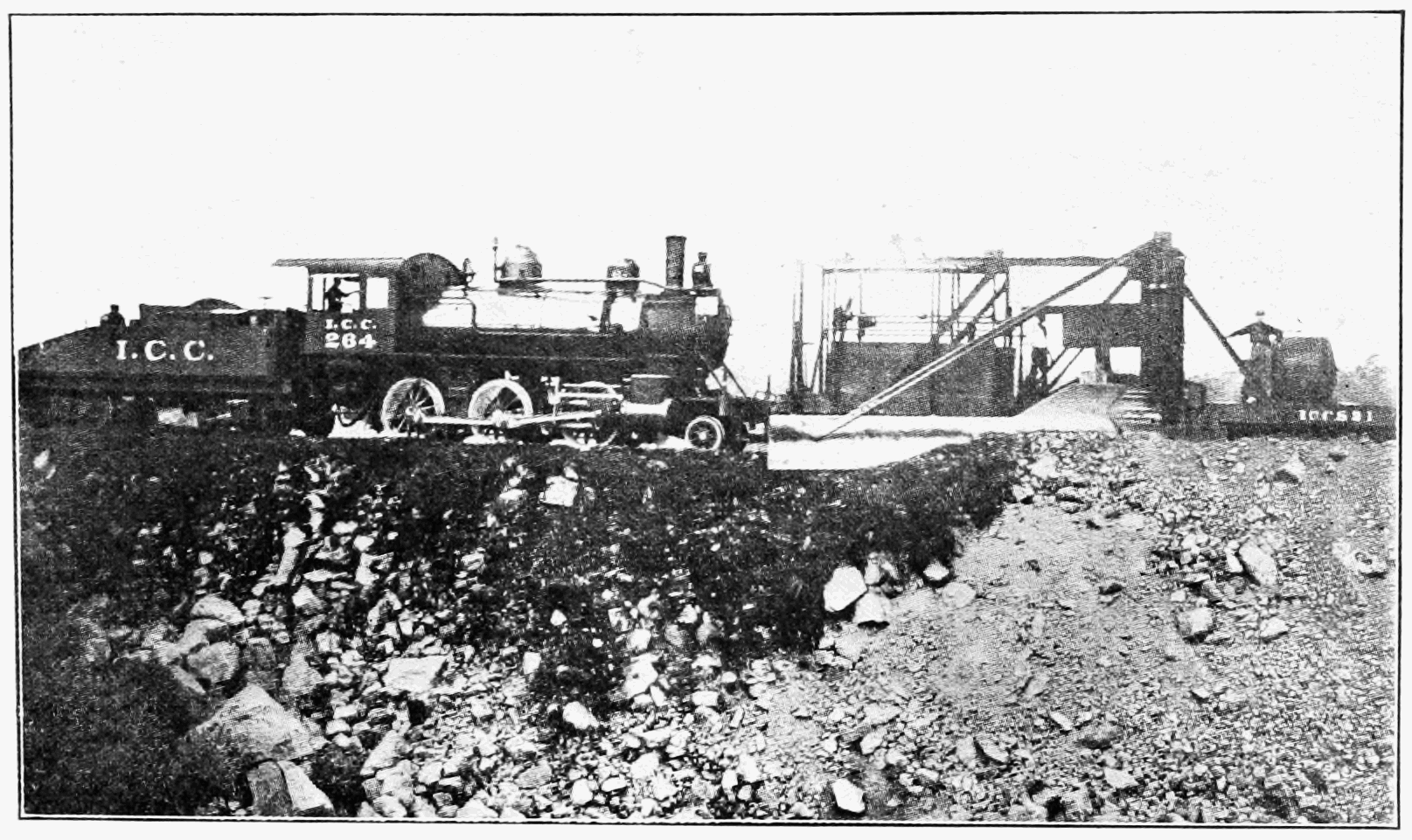The Spanish Crown since 1520 considered the possibility of building a Canal through the Isthmus of Panama, however the idea was taken up by the United States in the 19th century, but through a railway. This meant that in 1832 negotiations began with the government of Colombia for the construction of a railway.
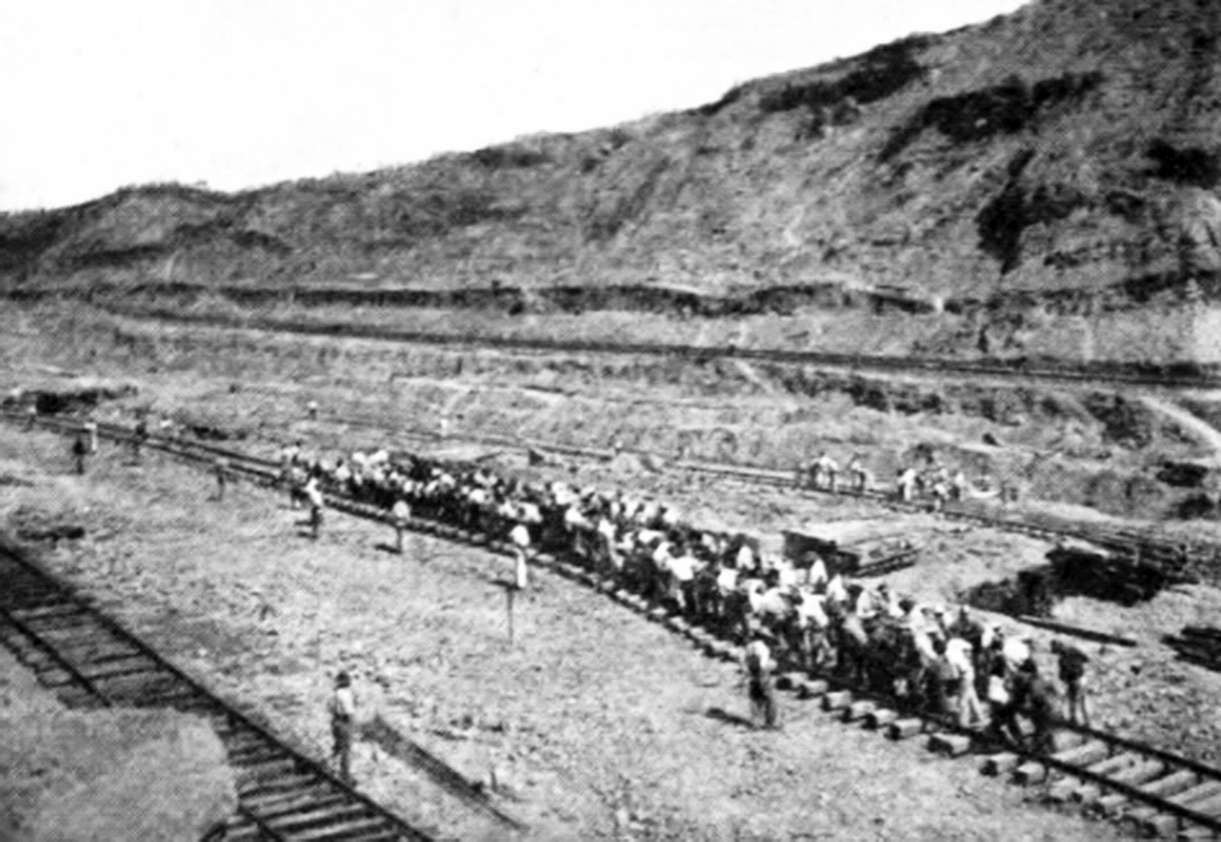
The Discovery of Gold in California
In 1848 the Pacific Mail Steamship Company was granted a charter to distribute mail between the United States and Panama, but the discovery of gold in California in January on that same year diverted attention from mail delivery. Gold seekers chose the route through Panama rather than the difficult and dangerous journey through the plains, desert and mountains that cross the United States from coast to coast.
The Negotiation with Colombia
The United States immediately proceeded to negotiate with Colombia, the concession for the Panama Railway. The company would have the right to dig a canal or build a highway or railroad through Panama. The concession was exclusive for 49 years. 250,000 acres of land were granted, and other state properties could be used at no additional cost.
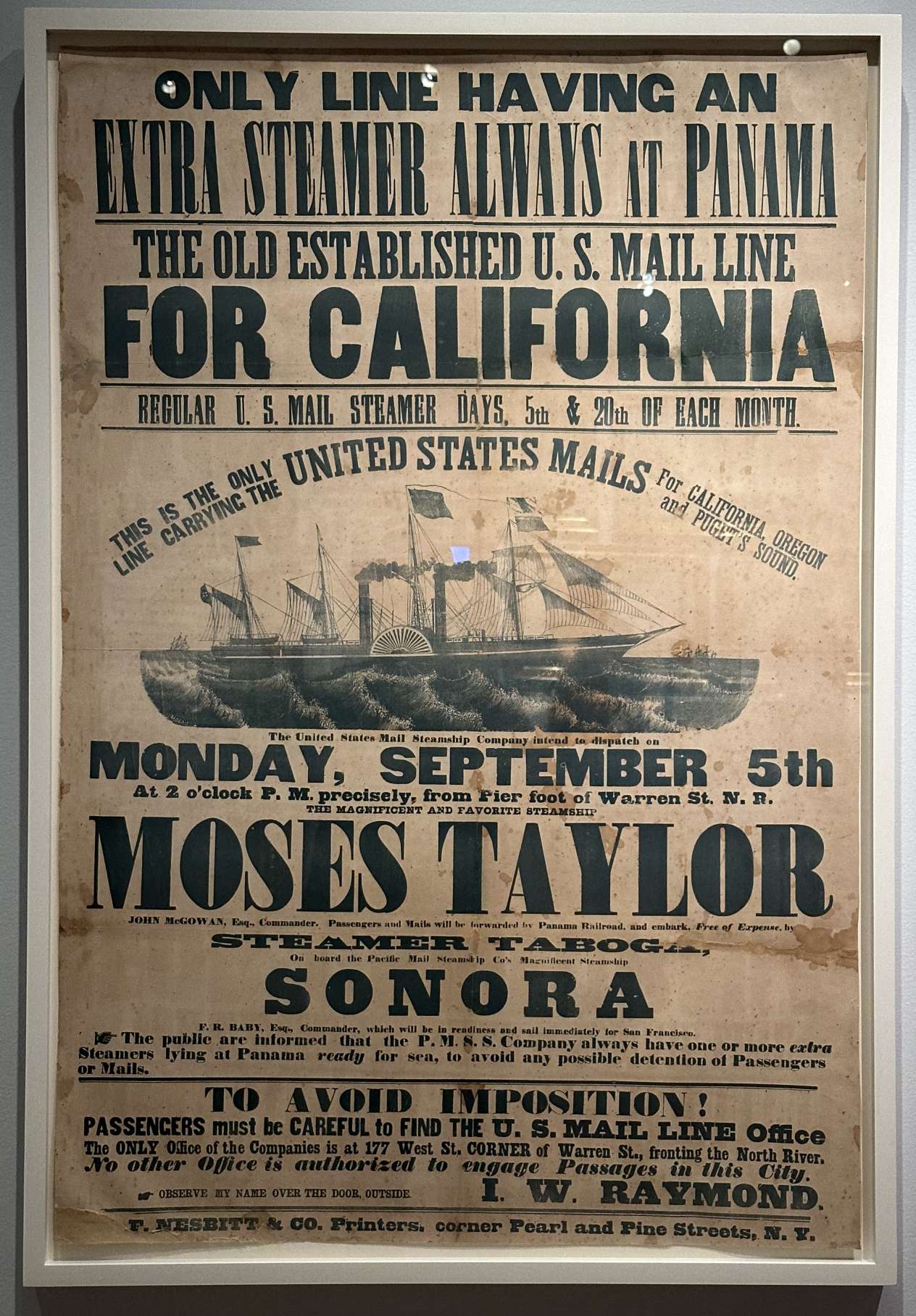
The Creation of Colon City
Manzanillo Island where Colon City is located today was cleared and landfill was made above sea level. Merchants arrived, rented land and built warehouses, gambling houses, saloons, a regular city. Docks were also built to receive ships transporting supplies, materials and machinery.
The Beginning of Construction
In August 1850 construction began on dry land around Cerro Mono, later called Mount Hope. Fighting through four miles of swamp, the men reached the Chagres River and the indigenous town of Gatun. In the late 1850s, earth-moving equipment arrived on the Isthmus.
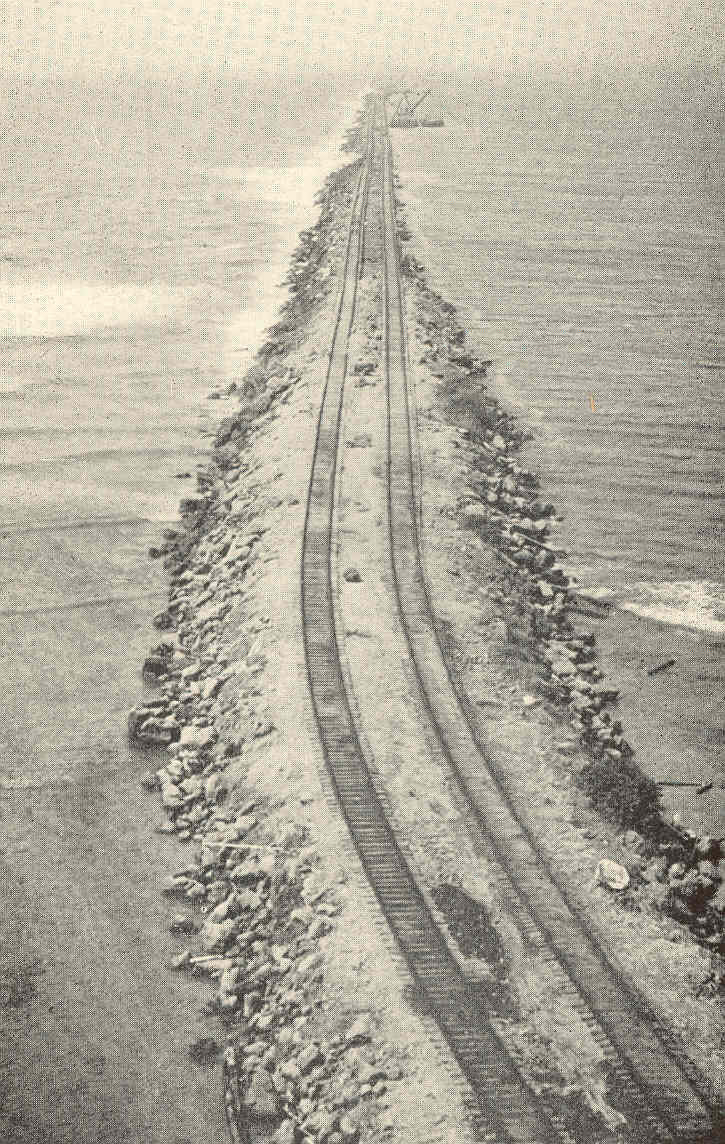
Opening of the Railway
On Sunday, January 28, 1855, the railroad began operating from the Atlantic Ocean to the Pacific Ocean for the first time. It consisted of a 47 miles long single track, six heavy locomotives and four lighter ones. Rolling equipment included 22 passenger cars with a capacity for 60 people each, as well as 51 freight cars and 72 flat cars. The wood was piled at intervals along the track at the rate of $3.00 a cord to be used as fuel for the locomotives.
Fares to Use It
By the time the railroad began operations it cost $6,564,552.95. Fares for first class passengers were $25.00, children under 12 $6.25; second class passengers paid $10.00; personal luggage 10 cents a pound, mail 22 cents a pound; coal was $5.00/ton; First class cargo in boxes or suitcases was 50 cents per cubic foot. All freight charges were paid in gold.
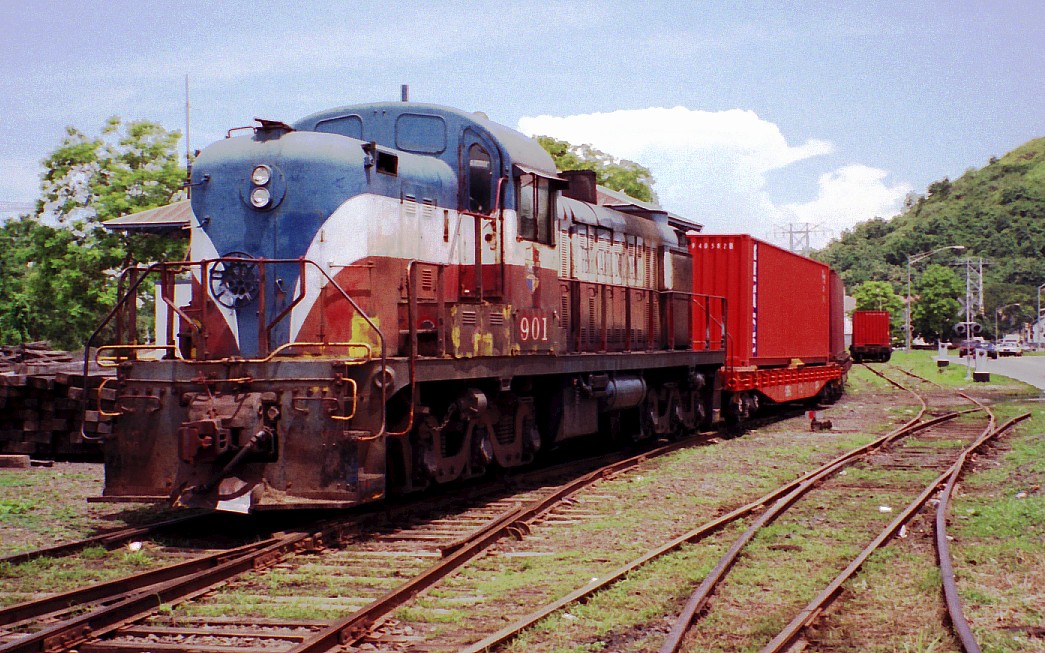
Fortune of the Railway and its Decline
The Panama Railway was a very lucrative investment. Between 1855 and 1867 there was more than $700 million in gold transported on the railroad without a single dollar going missing.
However, the completion of the transcontinental railroad in the United States (Central Pacific – Union Pacific) in Promontory, Utah on May 10, 1869 gave a turn to the fortunes of the Panama Railroad.
